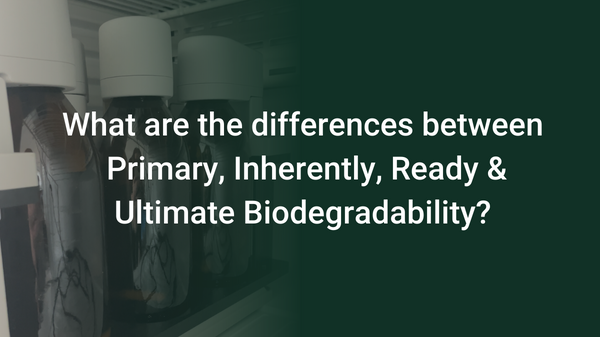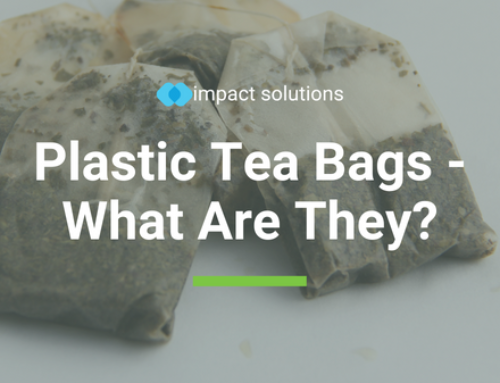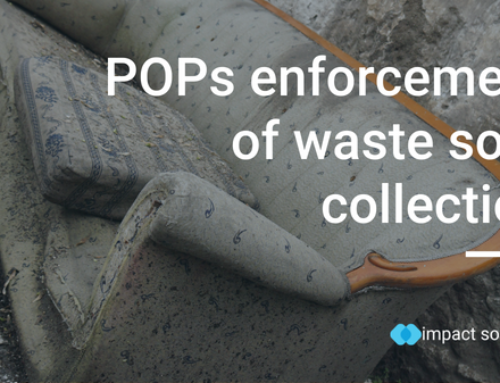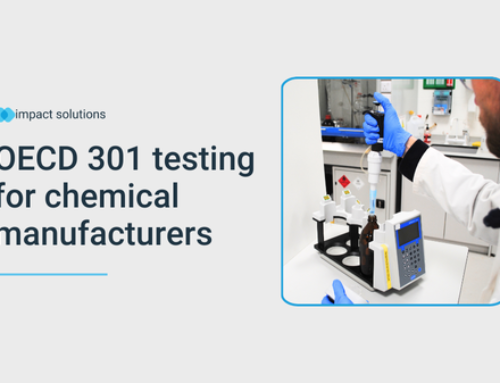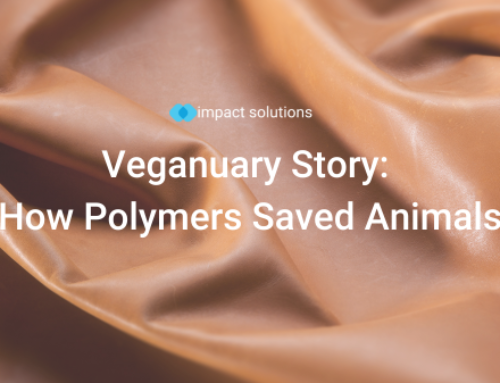Many of the products on the market today are labelled as biodegradable. As much as this may be true, a material can be called biodegradable if only 20% of the product breaks down when exposed to light, water and microorganism activity, meaning the remaining 80% of the product is left within the environment still, potentially causing harm.
The terms primary, inherently, readily, and ultimate biodegradability are used to describe the ability of a substance to be broken down by microorganisms in the environment.
So, what does Primary, Inherently, readily and ultimate biodegradability mean?
What is primary biodegradation?
Primary biodegradation is referring to the material after it has experienced structural change (transformation) by micro-organisms resulting in the loss of its surface-active properties due to the degradation of the parent substance and consequential loss of the surface-active property.
What is inherently biodegradable?
Inherently biodegradable is defined as greater than 20% but less than 60% biodegradability as measured by OECD 301A-F testing standards. This test is quicker and cheaper than the more expensive readily biodegradable tests, but it’s also only a guide that is considered more of a screening test.
What does ‘ready’ or ‘readily’ biodegradable mean?
A material is considered Readily Biodegradable if 60% (or 70% for some tests) of the organic carbon in the material is converted to CO2 within a 10-day window and within 28 days total.
According to international testing guidelines such as OECD 301 or ASTM D5864, this term is often used to describe substances that are environmentally friendly and can be safely used or disposed of without causing long-term harm to the ecosystem, its for this reason that it is also the main criteria of The Detergents Regulation.
How do you know if a product is ultimately biodegradable?
Ultimate biodegradability is generally defined as the complete biodegradation of a substance into its basic elements, such as carbon dioxide, water, and inorganic minerals, by microorganisms under specified test conditions. To be considered ultimately biodegradable, a substance typically needs to break down by at least 60% or more within a specified period, usually 90 days, according to international testing guidelines such as OECD 301 or ASTM D 5864.
While the specific percentage required for ultimate biodegradation may vary depending on the regulatory agency or industry guidelines, a common threshold is 60% or higher. However, it’s worth noting that the exact criteria for ultimate biodegradation may depend on various factors such as the nature of the substance, the specific test conditions, and the intended use of the substance.
What are the key differences?
The main difference between inherently and ultimately biodegradable substances is in their ability to biodegrade under different environmental conditions. The main differences between readily and ultimate biodegradability are the time frame and degree of biodegradation. Readily biodegradable substances break down quickly and easily within a short period, while ultimate biodegradable substances can take longer to fully break down but will eventually be broken down into non-toxic substances.
How Impact Solutions can support you
Testing your product for biodegradability can be a complex journey, that’s why our team of experts are here to talk you through the best testing methods to suit your product. Our testing capabilities can provide you with the necessary data for your products sustainability development, get in touch today.
Reference –
Anaerobic Biodegradation of Detergent Surfactants – PMC (nih.gov)

